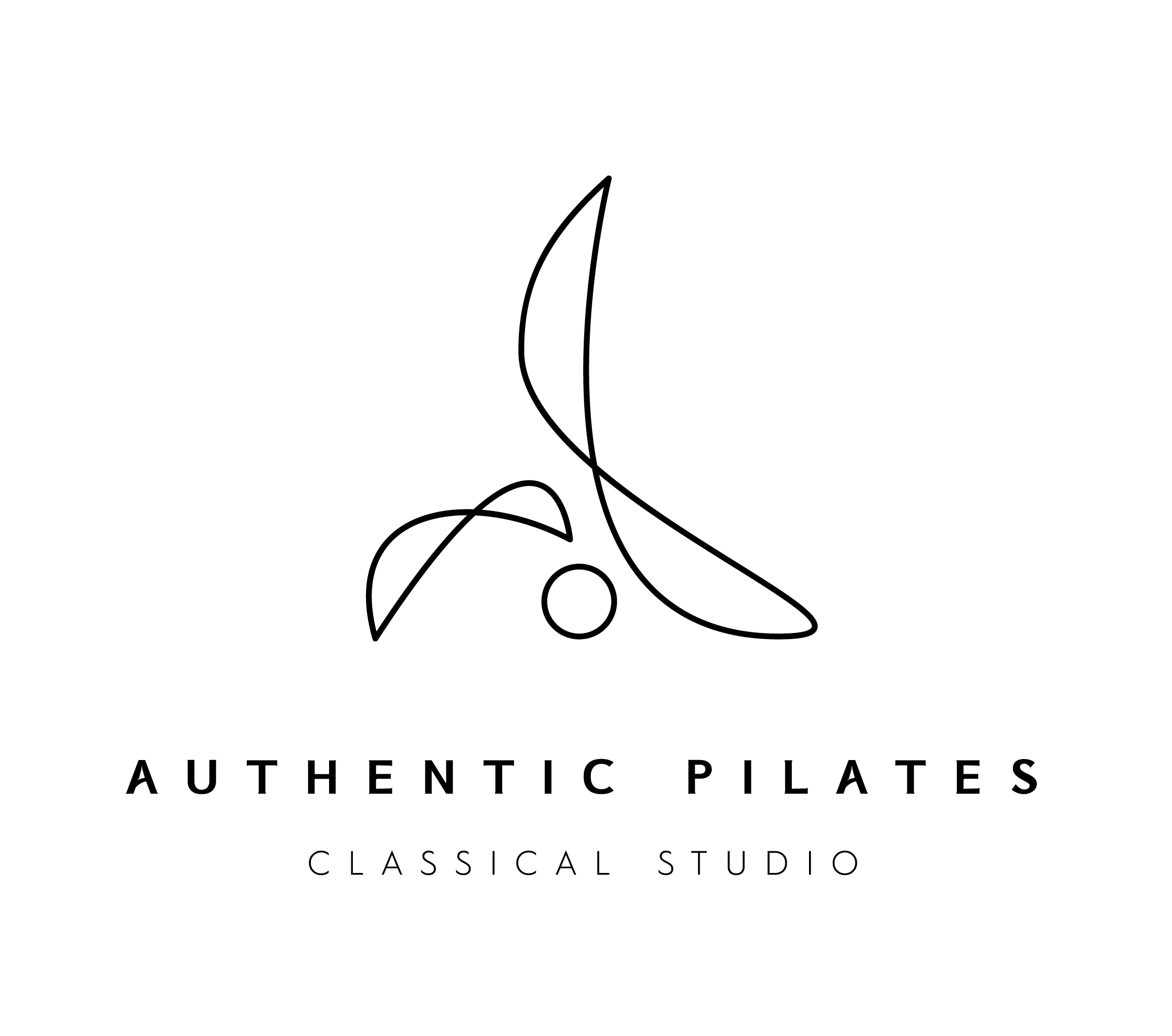A healthy and happy body is a beautiful thing.
I love Yoga and I love Pilates, and when I was starting on my own exercise path, I did both pilates and yoga regularly. (Disclaimer, I was doing large group classes in a gym, so I’m not sure how much real Pilates I was doing.) I tend to be a little stiff, so yoga helped me stretch and Pilates improved my strength.
There are two kinds of people who do yoga
Those who are hypermobile and flexible, and those who want to improve flexibility because they are stiff. Once I qualified as a Pilates instructor, I noticed that yoga practitioners were coming to me with injuries. You see, the people who love yoga, who are “good” at yoga, are oftentimes very, very flexible, even hypermobile, but usually weak. It doesn’t take much to get a flexible body into an asana pose, (overstretching ligaments and damaging the muscles). Flexible Yogis often don’t use the control and strength required to “hold back “ allowing the muscles to work, preferring to rely on their innate flexibility.
My very stiff clients don’t like the agony of a yoga stretch and have come to me with muscle tears that needed rehab. Pilates offers the perfect balance of stretch and strength. In Joseph Pilates’s famous student Romana Kryzanowska’s words “You can say what Pilates is in three words – Stretch with Strength and Control. And the control part is the most important because that makes you use your mind.”
Joseph Pilates modelled at least some of his methods on eastern exercise practices including yoga. So yogis will find some similarities in the work, but in Pilates, there is much more emphasis on strengthening the deep stabilising muscles to prevent injury.
Perhaps you love your yoga class, but you’re not very supple, the extended time spent in a stretch pose is agony. Again, this is where Pilates can help. No positions are held in Pilates instead you are working on flexibility on many of the exercises, improving in increments as you learn to master the elusive “two-way stretch”
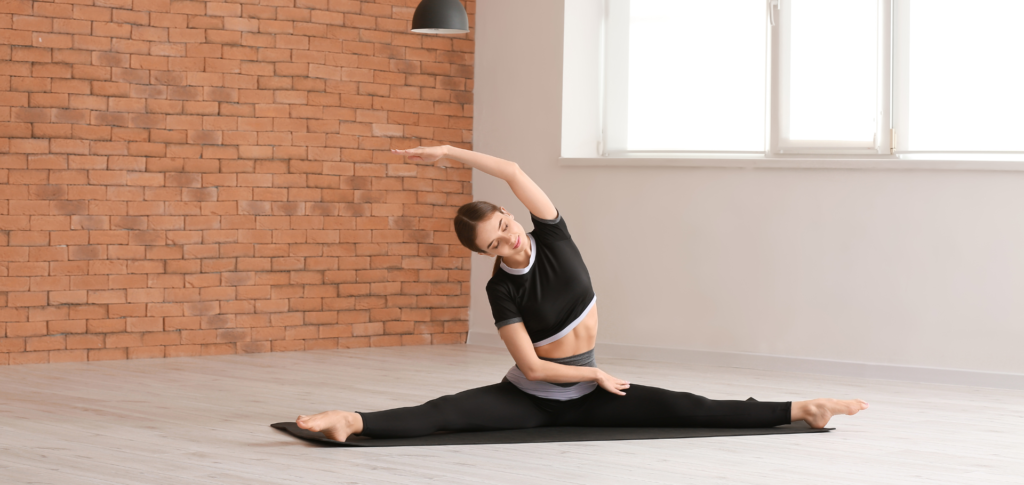
Pilates classes have fewer people than yoga classes do.
Another reason why yogis should do Pilates is that there are fewer people in a class. Often Pilates is done in a dedicated private class, but even In a typical group Pilates class, you might have only two or three other students in the room with you. This means that there’s more one-on-one attention from your instructor, so he or she has more time to focus on your needs and abilities, and can help strengthen your weaknesses. This personalised attention makes it easier for instructors to correct form and catch any mistakes early on in the exercise so that they can correct them before they become habits and cause injury later on down the road. This will lead to improvements in your yoga practice.
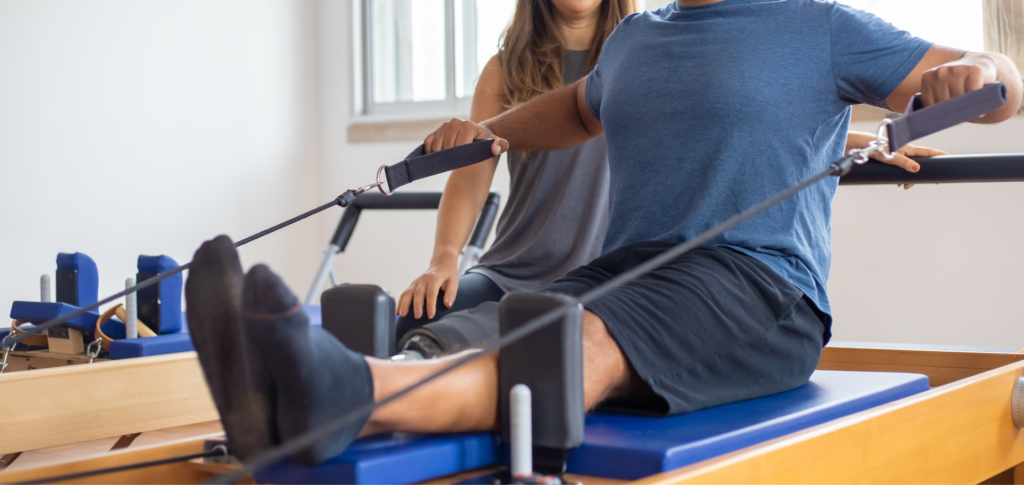
Intimate and individualized instruction while increasing strength and flexibility
Pilates is a personalized, individualized style of exercise that emphasizes core strength and flexibility. Like yoga, it can be done in the comfort of your own home, without any equipment you don’t already have. The Pilates method focuses on the breath, alignment and control, balance, coordination and rhythm—all while increasing strength and flexibility.
In yoga classes, you might practice in groups with other people around you. Almost always the instructor joins you in the workout. A classical Pilates teacher will never join you in a class. You’re paying for the hour and the instructor’s job is to help with alignment and push you for precision not get their own workout in while you are paying. In Pilates, the one-on-one attention or small group allows instructors to focus on each student’s specific needs: whether they want to work on their core or pelvic floor muscles; improve breathing; develop better balance; or simply gain flexibility throughout their bodies.
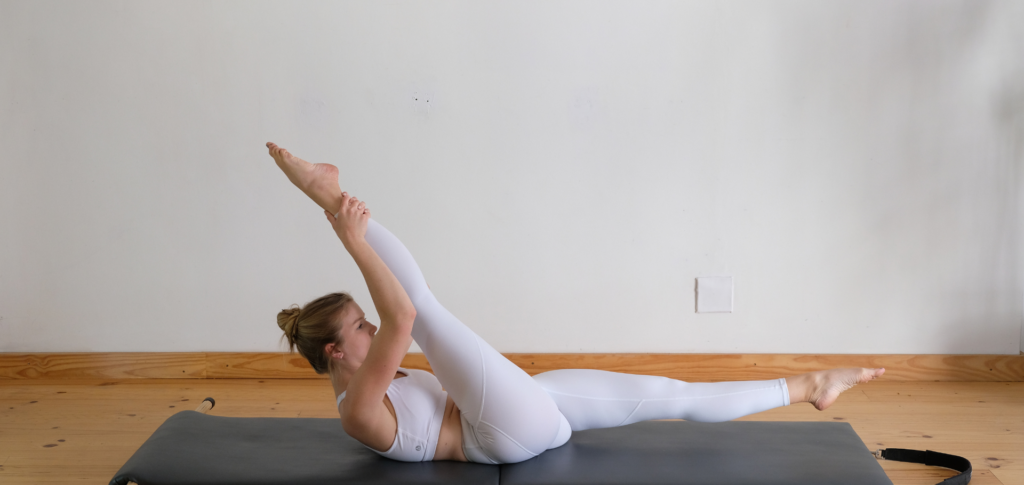
Pilates works for each muscle group
The Pilates method has been around for over 100 years and is still growing in popularity. It has been proven that Pilates can be a great workout for your body, but what makes it better than other workouts?
When you’re working out with Pilates, the focus is on each muscle group. This means that you’ll be using your core while also strengthening your arms, legs and shoulders. The result of this targeted approach is a leaner physique because each muscle group is working together to achieve results! Pilates focuses on stretching muscles out and strengthening them. Pilates allows you to really see changes in your body.
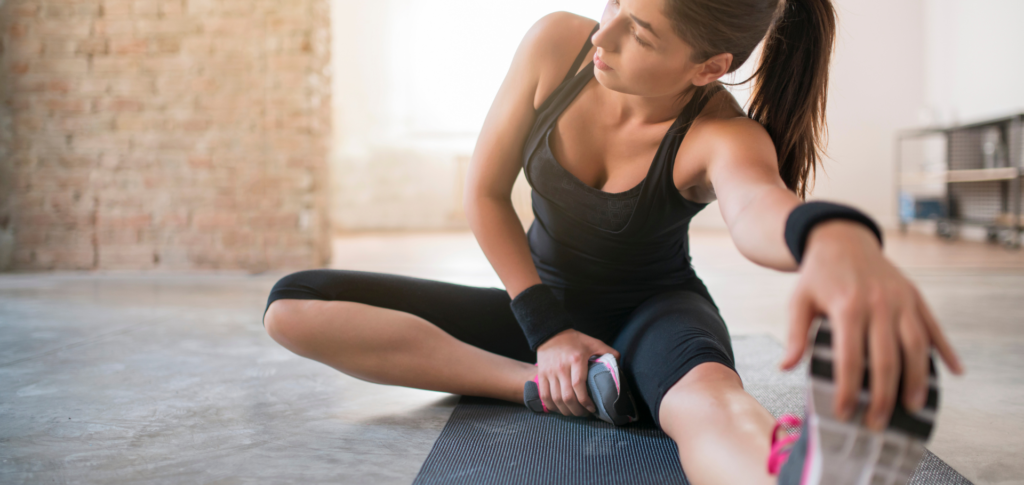
Conclusion
In conclusion. All yogis will benefit from Pilates. Your yoga practice will be vastly improved as you learn to work with strength and control.
